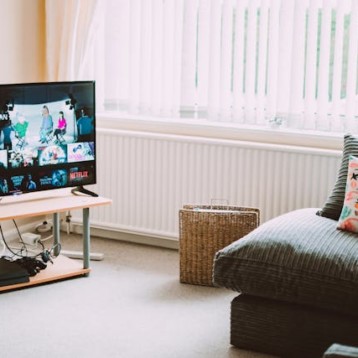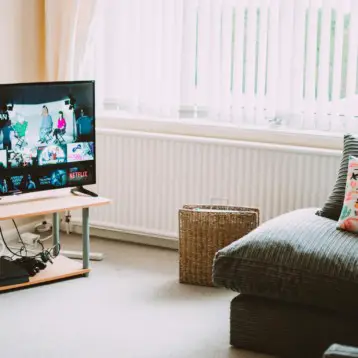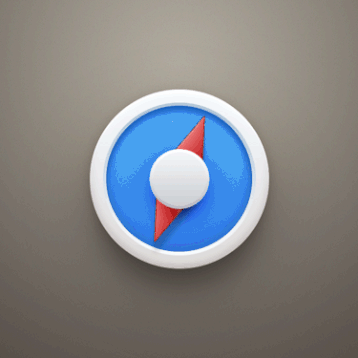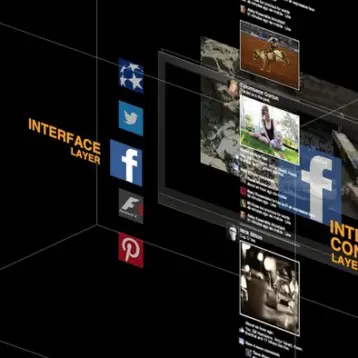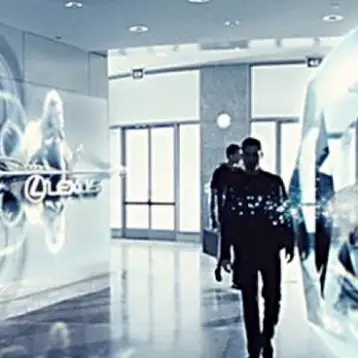The use of touch in interactive devices can be a compelling. However, touch input on the small screen of a mobile device is problematic because the user’s fingers can block his view of important onscreen graphical elements. LucidTouch, recently presented at the TechFest, is Microsoft’s answer to this problem.
The key technology behind LucidTouch is called pseudo-transparency: by overlaying an image of the user’s hands onto the screen, the mobile device appears to be semitransparent. This feature allows users to accurately acquire targets while not obstructing their view of the screen with their fingers and hand. The new device also supports multi-touch input, which enables operating the device simultaneously with all 10 fingers.
In order to support their claim that there is a need for such devices, Microsoft presented the results of an initial study, which indicate the preference of many users to use back-touching devices, as opposed to front-touching. The reason for this preference, according to the study, is reduced occlusion, higher precision, and the ability to make multi-finger input.
TFOT recently covered SHOGO, a touch screen offering numerous features, and the Neonode N2, a user friendly phone/media player with a specially designed optical touch screen. Another related product is the Noahpad UMPC, a miniature laptop computer with a unique and somewhat similar interface.
Although LucidTouch is not yet a fully functional and commercial technology, Microsoft believes that the technology presented so far has a promising future. For more information about the product, see Microsoft’s research website.

